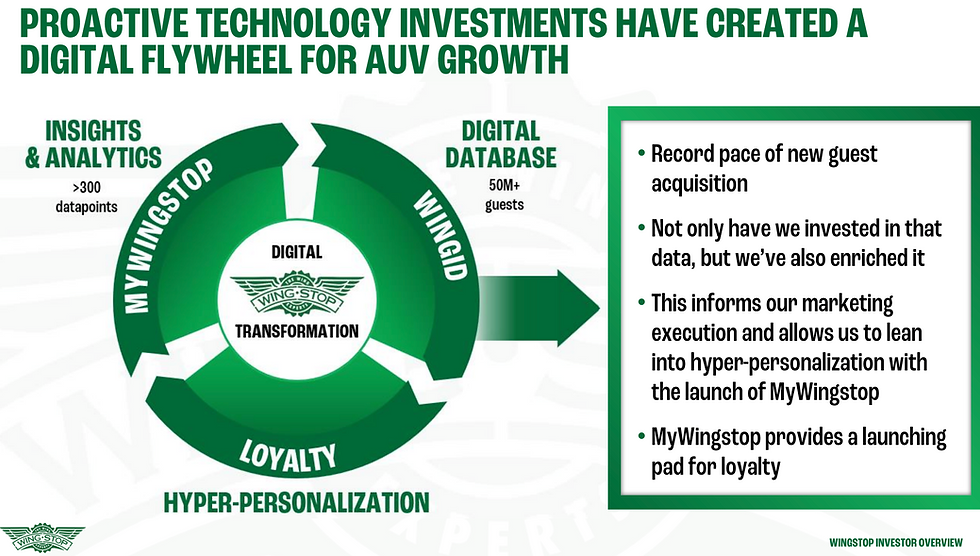Bunge Global Earnings: Integration Drives Strong Q3 as Viterra Synergies Begin to Flow
- Hardik Shah
- 10 minutes ago
- 4 min read

TL;DR
• Revenue Strength: Net sales surged 72% year-over-year to $22.2 billion, driven by higher volumes and pricing power across soybean and softseed processing.
• Margin Trends: Adjusted EPS held steady at $2.27 vs. $2.29 a year ago, reflecting strong execution amid biofuel and trade policy uncertainty.
• Forward Outlook: Full-year adjusted EPS guidance reaffirmed at $7.30–$7.60, with synergies from Viterra expected to accelerate through 2026.
Business Overview
Bunge Global SA (NYSE: BG) is a leading global agribusiness and food company connecting farmers to consumers across more than 50 countries. Its operations span grain origination, oilseed processing, refining, and distribution for food, feed, and biofuel markets. Following its merger with Viterra, Bunge now operates under a unified “end-to-end value chain” model that enhances its global scale and information flow from farm to consumer.
Bunge Global Earnings
Bunge delivered a strong Q3 2025 as integration benefits with Viterra began materializing:
Revenue: Net sales climbed to $22.2 billion, up from $12.9 billion in Q3 2024.
Earnings:
GAAP EPS: $0.86 vs. $1.56 a year ago.
Adjusted EPS: $2.27 vs. $2.29, excluding $0.87 of mark-to-market timing losses and $0.54 in Viterra-related integration costs.
Segment EBIT: Adjusted EBIT grew to $924 million, up 65% from $559 million last year.
Segment Breakdown:
Soybean Processing & Refining: Adjusted EBIT rose to $478 million (vs. $286M) on higher crush margins and expanded South American capacity.
Softseed Processing & Refining: Adjusted EBIT more than doubled to $275 million (vs. $133M) aided by Viterra’s assets and biodiesel strength in Europe.
Other Oilseeds: Adjusted EBIT fell to $51 million, impacted by softer demand in Asia and Europe.
Grain Merchandising & Milling: Adjusted EBIT grew to $120 million, supported by higher milling and ocean freight results.
Cash Flow & Balance Sheet:
Adjusted funds from operations (FFO): $1.18 billion year-to-date.
Share buybacks: $545 million in Q3; total of $2 billion since Viterra announcement.
Leverage: Net debt to adjusted EBITDA stood at 2.2x, with liquidity exceeding $9.7 billion.
Forward Guidance
Bunge reaffirmed its 2025 adjusted EPS outlook at $7.30–$7.60, implying a second-half range of $4.00–$4.25. Management expects:
Tax rate: 23–25%
Net interest expense: $380–400M
CapEx: $1.6–1.7B
Depreciation & Amortization: ~$710M
CEO Greg Heckman noted that despite spot-market behavior from farmers and end users, “our platform is built to perform regardless of environment” and emphasized the company’s flexibility amid volatile grain and biofuel policies.
Operational Performance
Q3 marked Bunge’s first full quarter operating as a combined company with Viterra. Management highlighted early synergies in logistics, origination, and information sharing across global markets. Heckman stated:
“We’re already seeing tangible benefits from bringing these two complementary businesses together—benefits that go well beyond cost savings.”
CFO John Neppl added that integration efforts and resegmentation now reflect Bunge’s commodity-specific value chain, improving visibility and accountability across operations.
Market Landscape & Demand Drivers
Bunge operates at the crossroads of global agriculture, energy, and trade—where sentiment is shaped not by consumer spending but by industrial demand, policy signals, and trade flow dynamics. The third quarter highlighted this distinction: both farmers and downstream customers largely stayed spot on purchases, reflecting uncertainty around biofuel policy, trade patterns, and crop cycles rather than weakness in end-use demand.
CEO Greg Heckman noted,
“Our platform is built to perform and to win regardless of the environment. We have the flexibility to adapt to shifting trade flows and keep products moving.”
That flexibility is proving critical as global grain stocks-to-use ratios remain elevated, dampening price volatility but compressing merchandising margins. Bunge’s expanded origination and storage network, enhanced by the Viterra merger, gives it greater optionality to capture basis and logistics opportunities when dislocations occur.
On the policy side, clarity around Renewable Volume Obligations (RVOs) in the U.S. remains the key swing factor for soybean oil demand. Management expects resolution by early 2026, which should unlock stronger crush margins and domestic demand. Outside the U.S., vegetable oil consumption continues to rise steadily, supported by European biodiesel and growing Asian feedstock needs.
CFO John Neppl underscored that near-term volatility masks underlying strength:
“Where biofuel policy is headed, things should improve from here—the question is how much. We feel well positioned to capture the upside as markets normalize.”
Taken together, Bunge’s Q3 underscored its strategic positioning in a balanced but opportunity-rich commodity cycle: a disciplined operator leveraging scale, integration, and data transparency to monetize volatility across regions rather than relying on consumer demand elasticity.
Strategic Initiatives
Viterra Integration: Early synergy capture underway; meaningful benefits expected in 2026 with peak realization by 2027.
Capital Projects: Major U.S. expansions in Morristown and Destrehan progressing, positioning Bunge for higher specialty oil output by mid-2026.
Portfolio Simplification: Completed divestitures in Spain, Hungary, and Poland; exited corn milling earlier in 2025.
Capital Allocation
Dividends: $324 million year-to-date.
Share Repurchases: $545 million in Q3; $2 billion cumulative since Viterra announcement.
Leverage: Improved capital structure and credit upgrade reduced weighted average cost of capital (WACC) to 6.0%.CFO Neppl said share repurchases “will be a meaningful part of capital allocation going forward” as CapEx normalizes post-2026.
The Bottom Line
Bunge delivered a solid first quarter as a merged entity, demonstrating early success in integration, strong oilseed processing execution, and disciplined capital deployment.
Investors should watch for:
Biofuel policy outcomes shaping 2026 crush margins.
Synergy realization pace from the Viterra merger.
Commodity cycle inflection as grain inventories normalize and global trade flows rebalance.
--



Comments